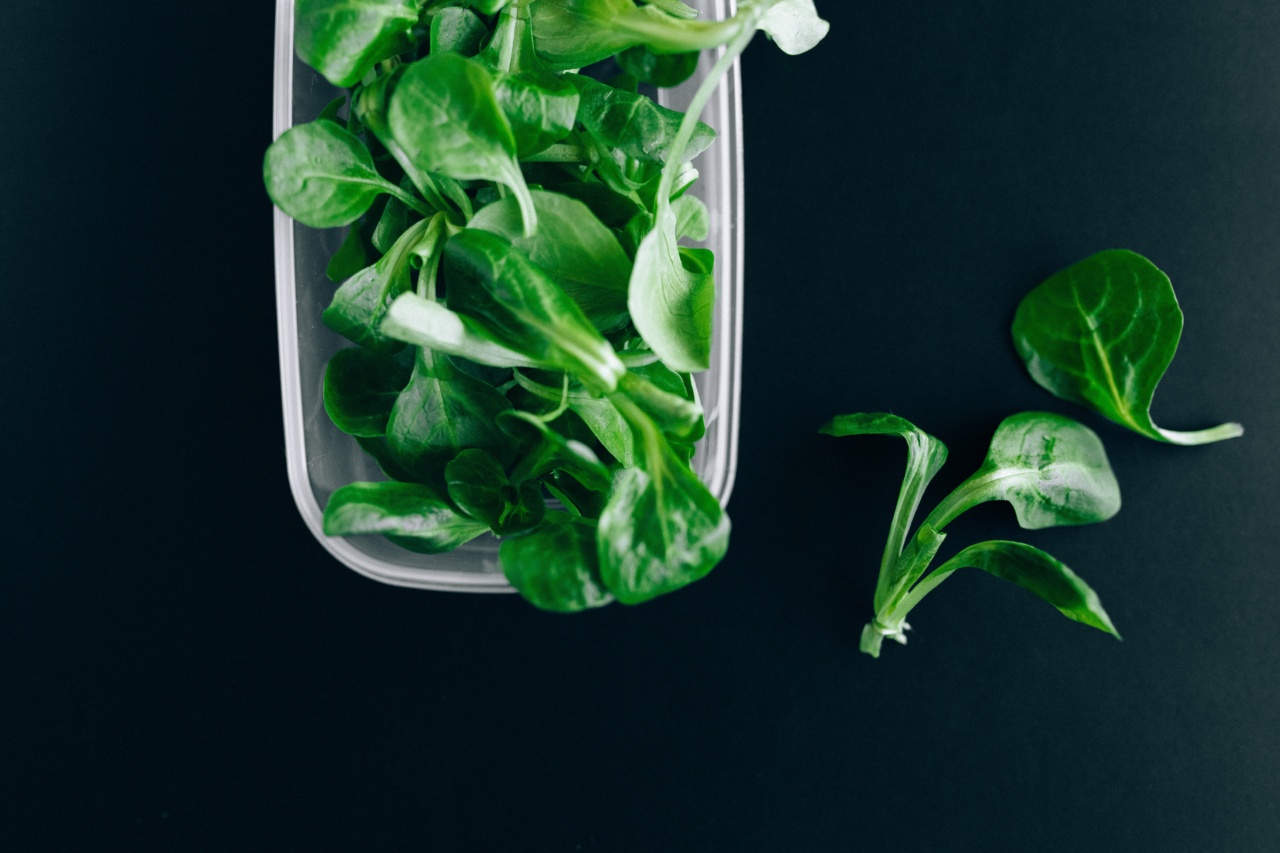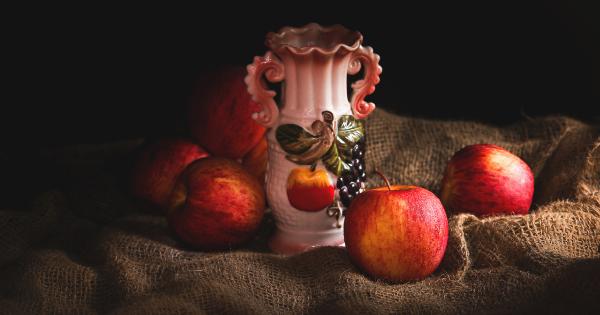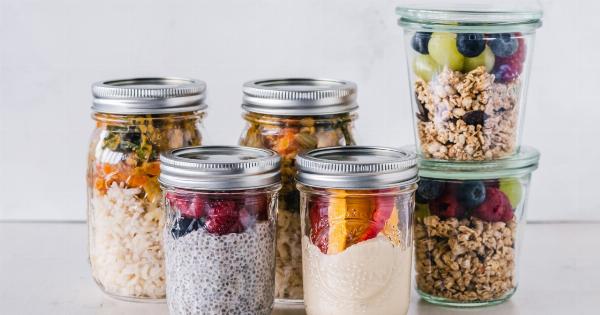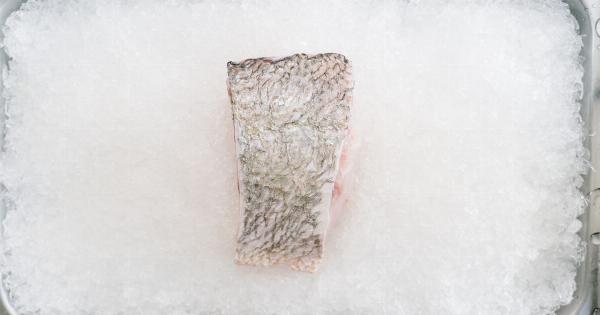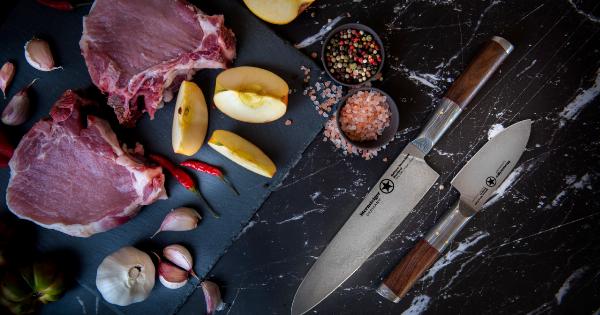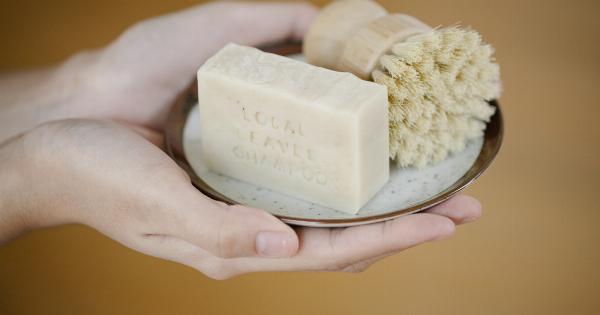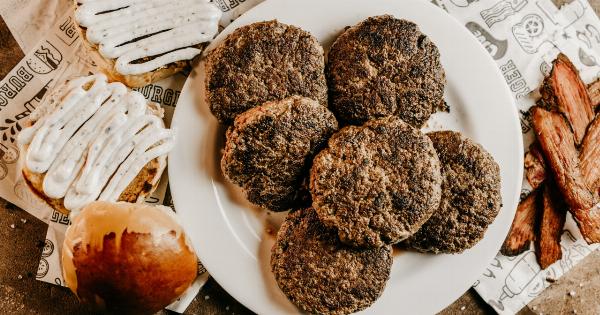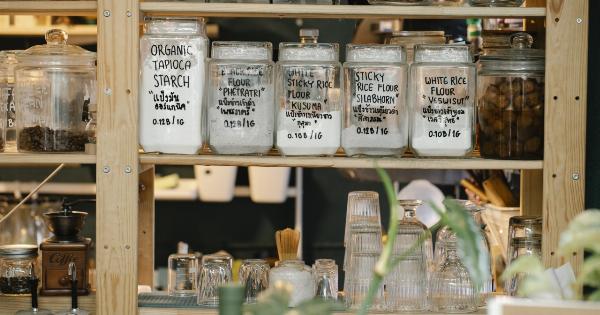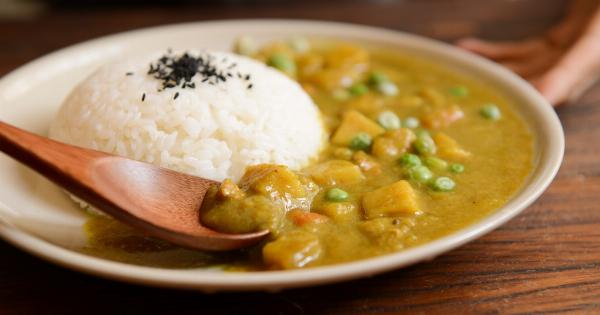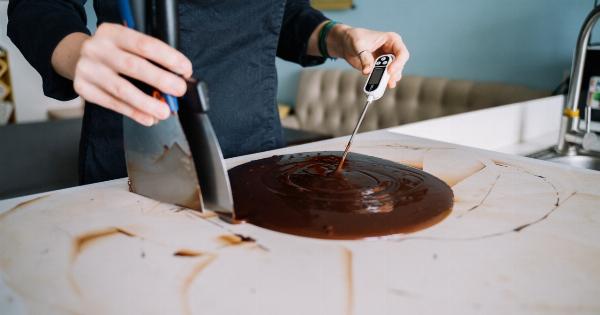Food preservation is the process of extending the shelf life of food by preventing the growth of microorganisms that cause spoilage.
Food preservation techniques are used to maintain food quality, increase storage life, and reduce the risk of foodborne illness. Here are some of the most effective food preservation techniques:.
Canning
Canning is an effective way of preserving food by processing it in airtight containers, which are heated at high temperatures to kill bacteria that can cause spoilage.
The process kills bacteria and other microorganisms, preventing them from proliferating and causing deterioration of the food. Canned food can last for several years without deteriorating, making it a convenient method of food preservation.
Freezing
Freezing is another effective food preservation technique that works by slowing down the growth of microorganisms. Freezing reduces the temperature of food, making it difficult for bacteria and other microorganisms to grow and spoil the food.
Most foods can be frozen, including meat, vegetables, fruits, and dairy products. Food that is properly packaged and stored in the freezer can last for several months or even years.
Drying/Dehydrating
Drying is a food preservation method that has been used for centuries. Drying involves removing the moisture from food, which prevents bacteria and other microorganisms from growing on it.
Drying can be done in various ways, including sun-drying, oven-drying, and using a dehydrator. Dried foods, such as beef jerky, raisins, and dried fruit, can last for months without deteriorating.
Fermenting
Fermenting is a method of preserving food that involves the use of beneficial microorganisms, such as yeast and bacteria, to break down the sugars and other carbohydrates in food.
This process results in the production of lactic acid, which prevents the growth of harmful bacteria that can cause spoilage. Fermented foods, such as sauerkraut, pickles, and kimchi, can last for months in the refrigerator.
Salting
Salting is an ancient method of preserving food that involves covering food with salt, which dehydrates the food and prevents the growth of bacteria that can cause spoilage.
Salt can be used to preserve various foods, including meat, fish, and vegetables. Salted meat, such as bacon and ham, can last for months without refrigeration.
Pickling
Pickling is a food preservation method that involves soaking food in a brine solution of vinegar, salt, and spices. The acid in the vinegar helps to preserve the food by inhibiting the growth of bacteria that can cause spoilage.
Pickling can be used to preserve vegetables, fruits, and even eggs. Pickled food can last for several months in the refrigerator.
Smoking
Smoking is a food preservation method that has been used for centuries, primarily for preserving meat and fish. Smoking involves exposing food to smoke from burning woods or other materials.
The smoke contains compounds that act as preservatives, preventing the growth of bacteria and other microorganisms that cause spoilage. Smoking can also add flavor to food.
High-Pressure Processing
High-pressure processing (HPP) is a modern food preservation technique that uses high-pressure processing technology to kill bacteria and other microorganisms that cause spoilage.
HPP works by placing food in a high-pressure chamber and subjecting it to high pressure, which destroys the bacteria and other microorganisms that cause spoilage. HPP can be used to preserve various foods, including juices, meats, and seafood.
Acidification
Acidification is a method of preserving food that involves lowering the pH of the food to inhibit the growth of bacteria and other microorganisms that cause spoilage. This can be accomplished by adding acid, such as vinegar or citric acid, to the food.
Acidification can be used to preserve various foods, including fruits, vegetables, and dairy products.
Pasteurization
Pasteurization is a method of preserving food that involves heating the food to high temperatures for a short period to kill bacteria and other microorganisms that cause spoilage.
Pasteurization is commonly used to preserve milk, juices, and other beverages. The process extends the shelf life of the food and reduces the risk of foodborne illness.
